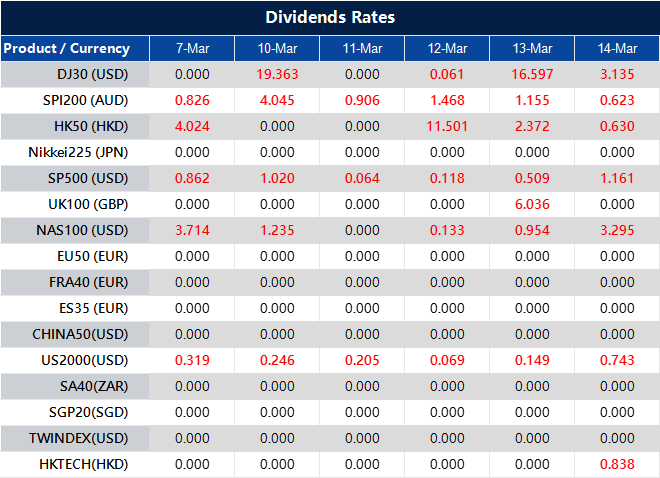Germany’s industrial orders for January decreased by 7.0%, contrasting with the anticipated decline of 2.8%. The data, published by Destatis on 7 March 2025, revealed a downward revision for December orders from +6.9% to +5.9%.
The fluctuations noted in this report primarily stemmed from a 17.6% drop in orders for other vehicle construction, which includes aircraft, ships, and military vehicles. These variations are commonly tied to military contracts or requests from Airbus.
Manufacturing Sector Concerns
This downturn in orders suggests weakened momentum in Germany’s manufacturing sector. Given that broader industrial demand often reflects wider economic conditions, this shortfall could have implications beyond the immediate figures. The revision for December, while still indicating growth, slightly tempers the previous optimism surrounding the sector’s recovery.
A sharp fall in orders for specialised vehicles, particularly in aerospace, naval, and military markets, points to volatility within these industries. Since these segments frequently depend on bulk contracts rather than steady, recurring demand, numbers can shift dramatically from month to month. The drop seen in January could stem from the absence of large orders rather than a structural decline, but the scale of the decrease is difficult to ignore. Airbus and defence procurement cycles are often unpredictable, and any gap between major contracts can lead to outsized figures like those reported.
With economic sentiment across the eurozone already under pressure, this release raises questions about whether manufacturing growth can be sustained in the coming months. Germany, as Europe’s largest economy, plays a central role in shaping expectations. Should February’s data indicate further weakness, it may reinforce concerns that industrial activity is struggling to maintain consistent expansion.
Market movements in response to this announcement will likely depend on how traders assess the longer-term effects. With external risks, including geopolitical uncertainty and supply chain adjustments, still affecting decision-making, sentiment could remain fragile. Those watching manufacturing-linked assets will need to weigh whether this dip points to a broader downturn or if it reflects short-term fluctuations typical in sectors driven by bulk orders.
Monetary Policy Considerations
Fluctuations of this scale can influence expectations around monetary policy as well. If softer industrial demand persists, policymakers could face additional pressure to consider measures that support growth. However, with inflation concerns remaining in focus, any potential response would depend on whether further economic data aligns with this trend.
The upcoming weeks should provide greater clarity. February’s data release will be closely watched to determine if January’s decline marks the start of a pattern or merely a temporary adjustment. Broader economic indicators from Germany and the eurozone will also play a role in shaping sentiment. Until stronger signals emerge, uncertainty may keep markets on edge.










